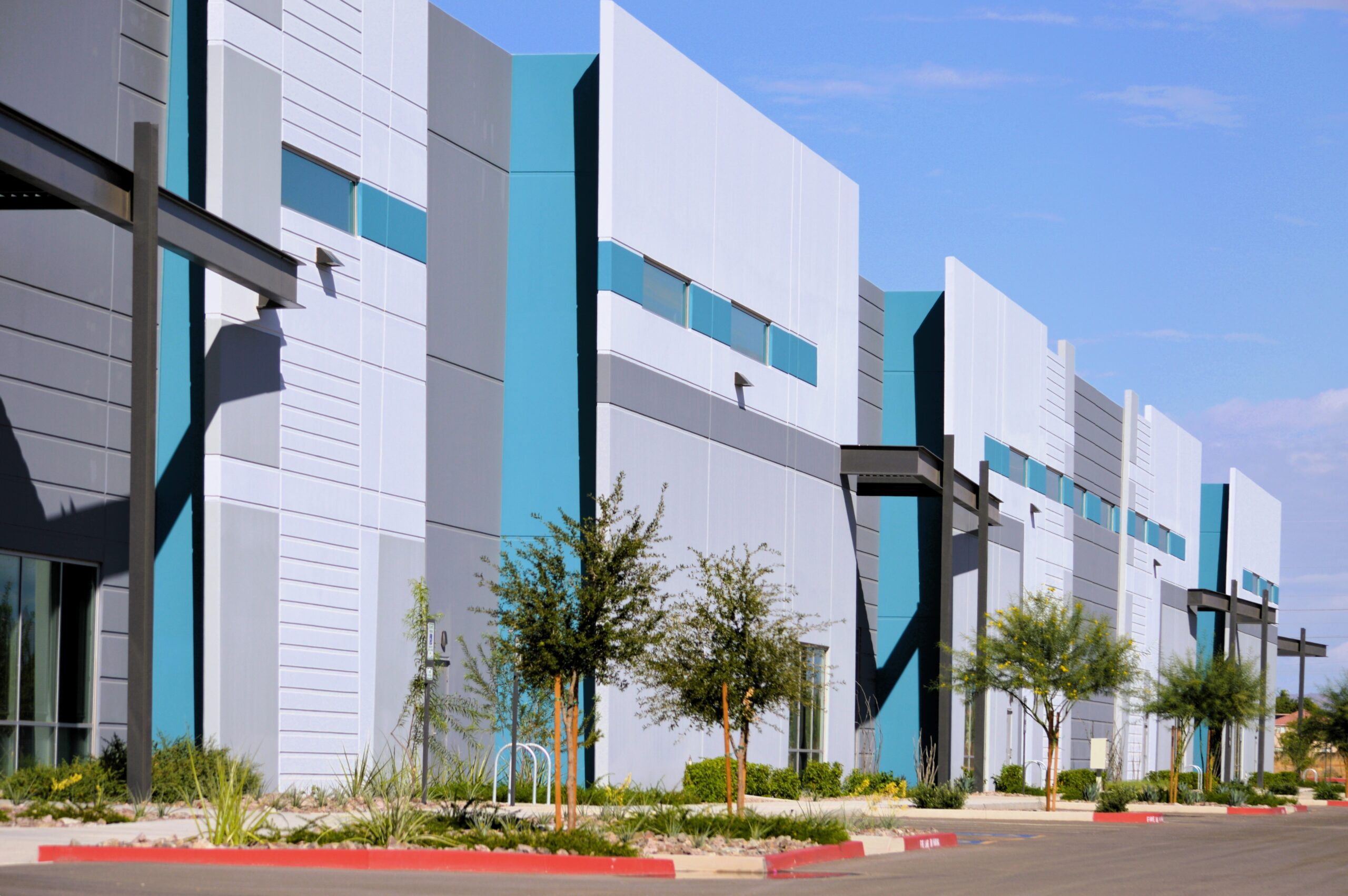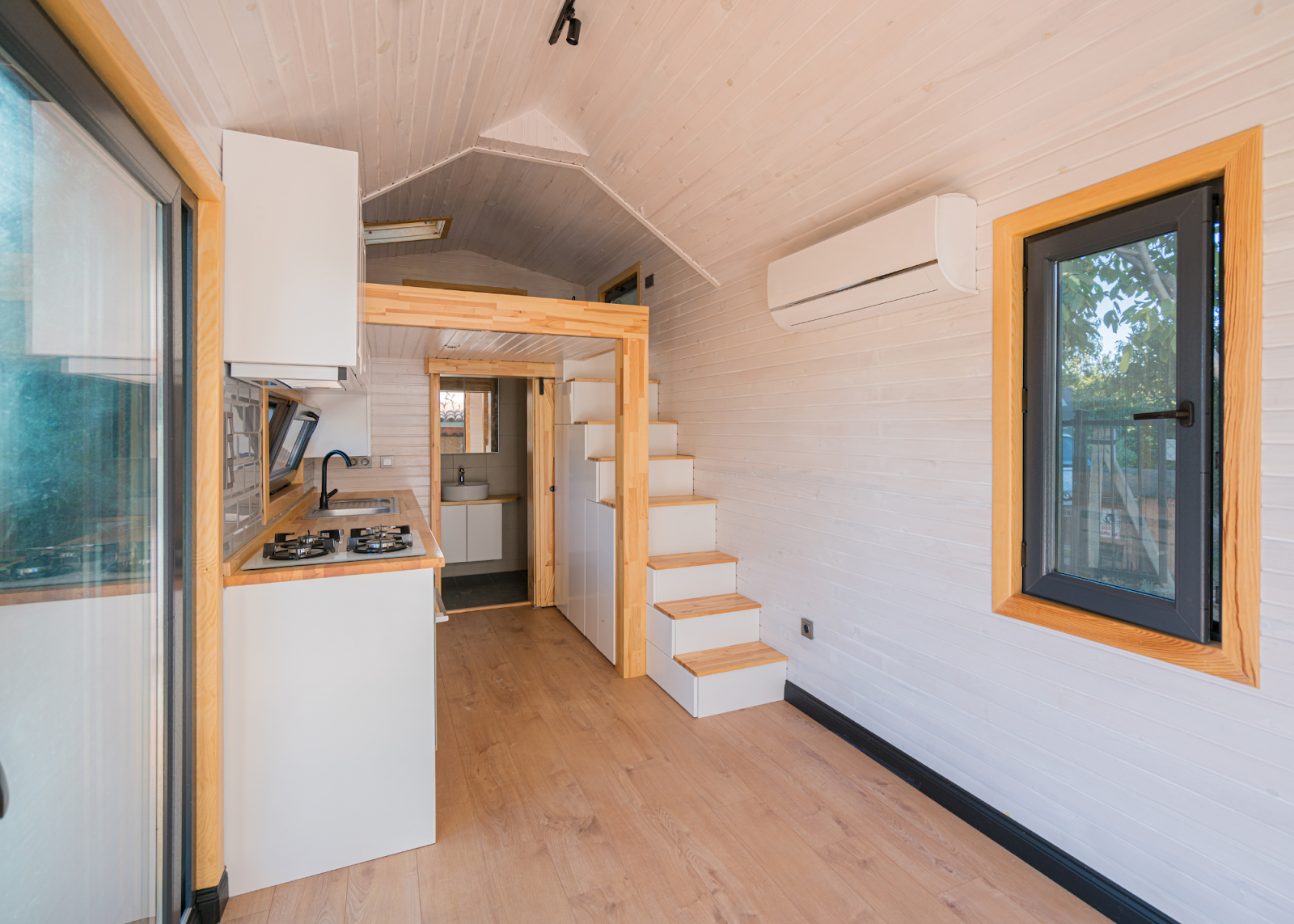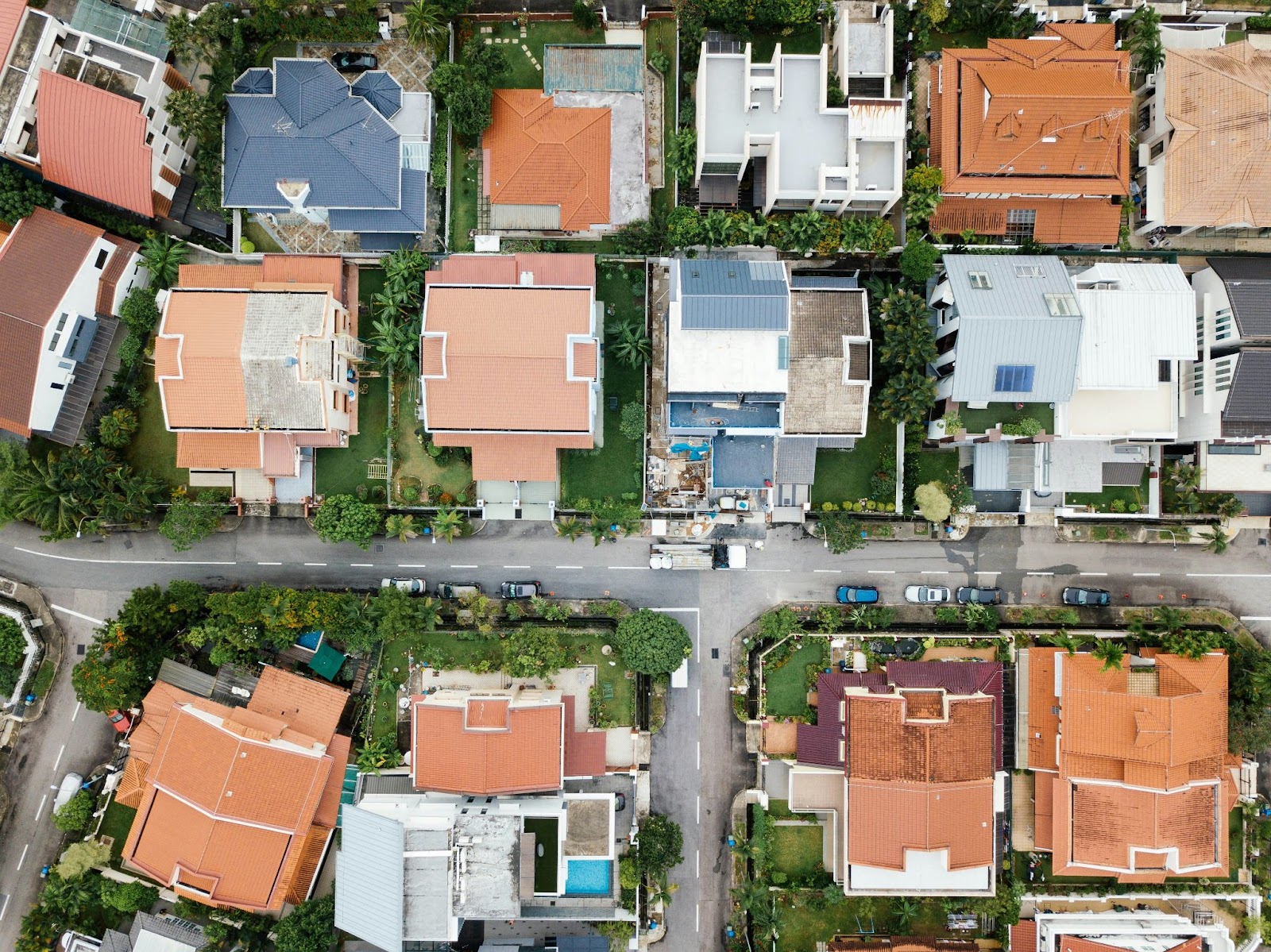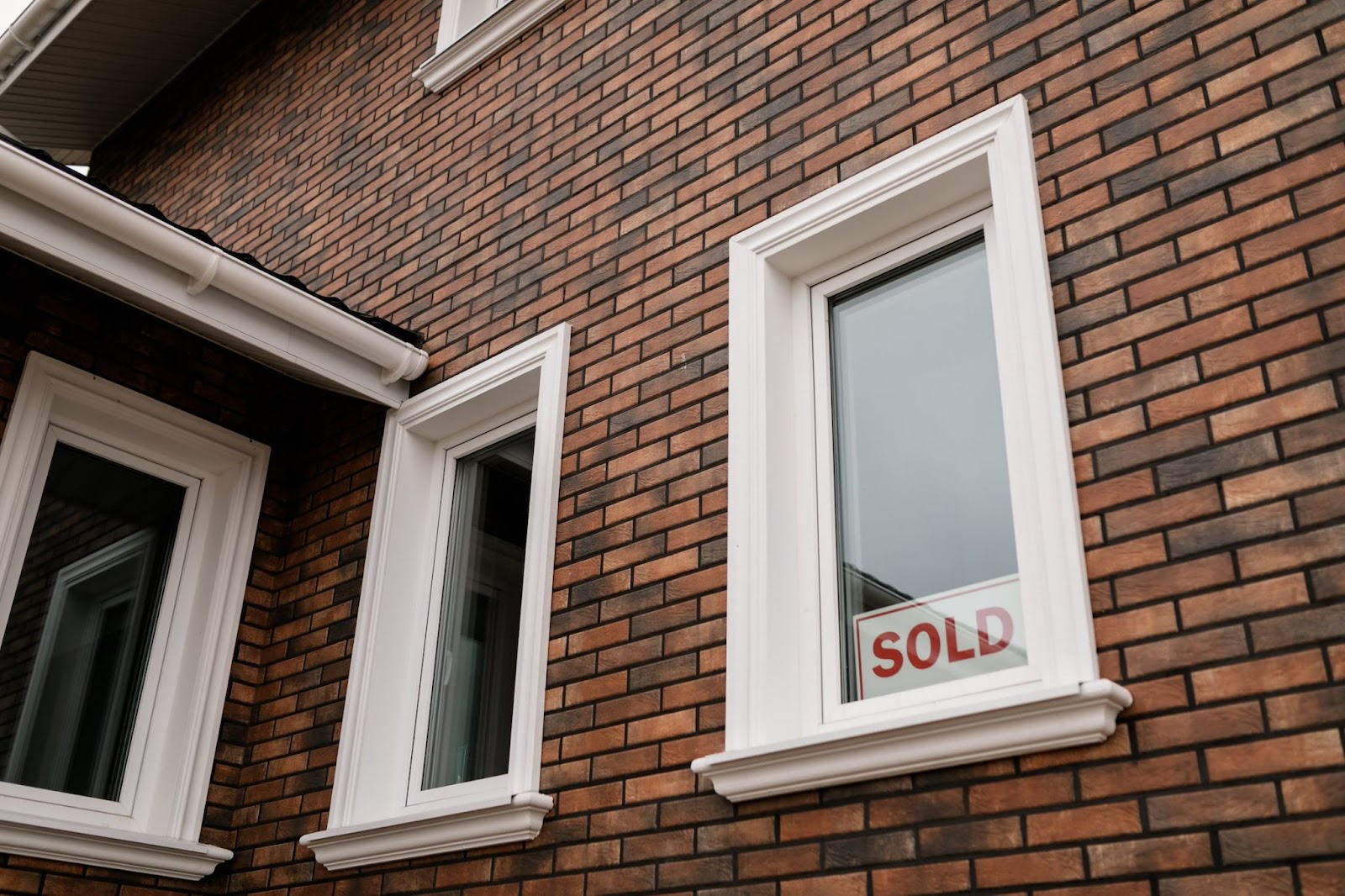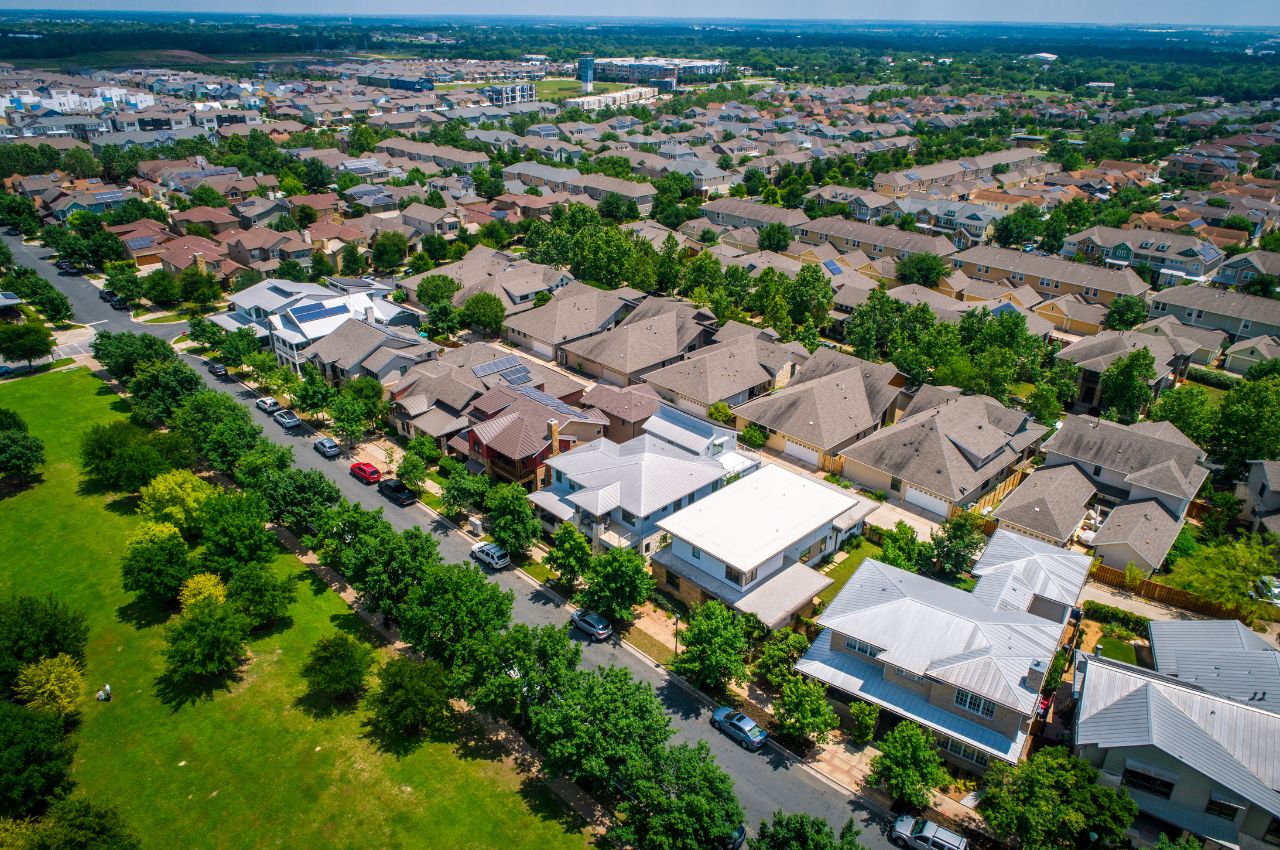The Lone Star State finds itself at the epicenter of a looming crisis in office real estate, grappling with nearly $150 billion of office loans maturing by the end of 2024 and a staggering $300 billion reaching maturity by 2026. The once-booming office spaces now stand largely vacant, presenting a considerable challenge for commercial landlords and Real Estate Investment Trusts (REITs).
Despite the national narrative focusing on the struggles of coastal cities like New York and San Francisco during the pandemic, Texas cities are emerging as leaders in office real estate vacancies. Commercial Edge, a prominent commercial real estate software firm, reports that approximately 17.8% of office space nationwide sits unoccupied, with three Texan cities ranking among the top 10 cities with the highest vacancy rates. The situation is exacerbated by continued construction, adding more square footage to the already glutted office market.
The Dallas Federal Reserve reveals a concerning trend with around 115.8 million square feet under construction, representing 1.7% of all available space. Austin, in particular, stands out with nearly four times the national average of new office space under development, hinting at a potential deepening of the crisis.
Texas cities surprisingly outpace their coastal counterparts in the percentage of new office space. Despite the pandemic-induced shift to remote work, commercial real estate developers in Texas, driven by rapid population growth, continue to build millions of square feet. Houston and Dallas, with an estimated 2.7 million and 3 million square feet, are witnessing a surge in construction, raising concerns about overbuilding.
The office vacancy crisis has significantly impacted commercial landlords and REITs across the state. Lower demand, declining rental rates, and rising expenses due to increased interest rates have left many struggling. Notably, even large firms like Brandywine Realty Trust (BDN) in Austin have had to reduce dividends as occupancy rates decline.
The national focus often gravitates toward cities like New York, San Francisco, and Seattle, which face their share of office vacancy challenges. However, Texas cities, including Austin, Houston, and Dallas, are grappling with unique issues, with vacancy rates surpassing the national average. The situation is indicative of a broader trend where tenants are reducing their office footprints while developers continue to complete new constructions, creating a delicate imbalance.
The seismic shift in work dynamics triggered by the COVID-19 pandemic has played a pivotal role in shaping the current scenario. The structural changes have led to a surge in remote work, with technologies like Zoom becoming integral to professional communication. The hybrid work model is a widespread phenomenon, contributing to the decline in the demand for traditional office spaces.
While landlords may yearn for a reversal in trends, the prevalence of hybrid work is likely here to stay. The Stanford University research suggests that the percentage of days the employed spend working from home has surged from 5% in 2019 to a stable 25% in 2023. The change can be attributed to workers’ inclination for flexibility and an improved quality of life.
Facing an office real estate crisis, Texas will need to confront a challenging path to recovery. The clash between traditional real estate expectations and the evolving preferences of the workforce sets the stage for complex and ongoing changes in the Lone Star State.





















































































